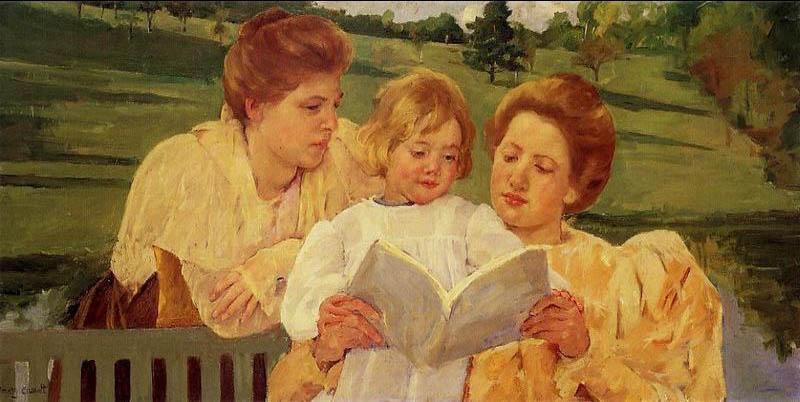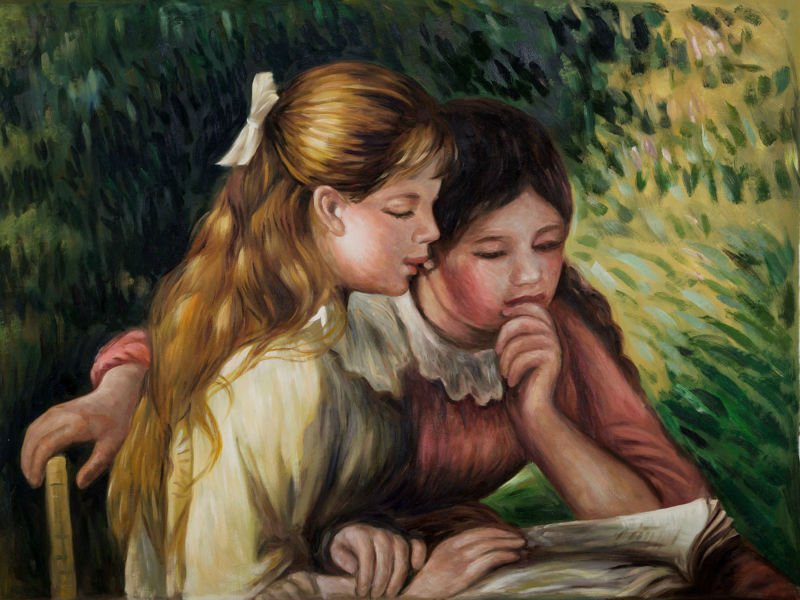We love granola in our home but let's face it, each box is so expensive! The good news is, if you buy the oats in bulk, you are able to make up a tasty batch and save yourself lots of dollars. It is very easy to prepare! We like to eat ours like a cereal or sprinkle on top of yogurt for a quick and healthy breakfast.
For a large batch, toss together in a large bowl:
- 12 cups old fashioned rolled oats
- 2 cups of your choice of chopped nuts (I like to use 1 cup almonds and 1 cup pecans…)
- 2 cups un-toasted sesame seeds
- 2 cups raw hulled sunflower seeds
- 2 cups un-sweetened shredded coconut
- 2 cups wheat germ (or flax meal)
- 2 - 3 cups dried fruit of your choice (I have used raisins, blueberries, cranberries…)
- 1 cup whole wheat flour
- 1 tbsp. ground cinnamon
Set aside.
Combine the following ingredients together in a sauce pan. I use raw honey which hurts my heart to bring to a boil (since it kills all the good enzymes) so I place this on the lowest heat possible and stir until everything is melted together. If you aren't using raw honey, go ahead and cook on medium heat until sauce begins to boil and then remove from heat.
- 2 cups of oil (Such as light grapeseed oil, sunflower oil, coconut oil
 …)
…)
- 2 cups of honey (I’ve also used coconut sugar successfully)
- 2/3 cup of water
- 2 tbsp. vanilla extract
- 2 tsp. salt (We use the fine sea salt...)
Pour sauce into the dry ingredients. Mix all the goodness together until everything is evenly coated. Place on cookie sheets (single layer) and bake in batches (275 degrees) according to how much you want to have on hand. It usually takes about thirty minutes and needs to be stirred twice (about 10 and 20 minutes into your baking).
When granola starts to turn golden you are finished. Let the finished product sit on rack until completely cooled and then place in airtight container.
Note: This is also a great time to mix in some
chia seeds for some extra nutrition (for a rich source of Omega-3 fatty acids, protein, antioxidants and fiber). I add this ingredient after in order to keep them raw.
This recipe was adapted slightly by one featured in
Fix Freeze Feast (One of my favorite cookbooks!).
You may also freeze the remainder of your unbaked granola. We go through this quickly so I prepare half of the batch at one time and freeze the other half in a plastic container until we are ready for it. Then you simply thaw out and bake as directed above.
Your extra granola also makes a lovely gift when placed in decorative packaging. Earth tone embellishments give it that fall feel. We inserted a piece of pretty paper (the brown wreath at the bottom of this post would be nice too) in between the jar lid and screw band and attached a gingham bow. There are so many darling possibilities when it comes to dolling up mason jars!
Think hostess gift, get well gift, cheer up gift, just had a baby gift or a simple, thinking of you… Attach a gift tag to the jar with a piece of twine to finish it off.
You are welcome to use my gift tag label. Just right click on the image and save.
"Breakfast: Come to breakfast!Little ones and all,—How their merry footstepsPatter at the call!Break the bread; pour freelyMilk that cream-like flows;A blessing on their appetitesAnd on their lips of rose.
Dinner may be pleasantSo may the social tea,But yet, methinks the breakfastIs best of all the three.With its greeting smile of welcome,Its holy voice of prayer,It forgeth heavenly armorTo foil the hosts of care."
~ Mrs. Sigourney

This post may be shared with some or all of the following link-ups: The Art of Home-Making Mondays, Modest Mom Monday's, Homestead Barn Hop, Amaze Me Monday, Monday's Musings, Marriage Monday, Titus 2sdays, Titus 2 Tuesdays, Tuesdays with a Twist, Raising Homemakers, Make Bake Create, Wise Woman Link Up, Wow Us Wednesdays, Wildcrafting Wednesday, The Scoop, Coffee and Conversation, So Much at Home, Homemaking Thursdays, Home Sweet Home, Hearts for Home Thursdays, Growing in Grace Thursdays, Home Acre Hop, From the Farm Blog Hop, Farmgirl Friday, Front Porch Friday Blog Hop, Simple Meals Friday, Foodie Fridays, Cultivate Nourishing, Simply Natural Saturdays and Clever Chicks Blog Hop. Thank you lovely ladies for hosting these. Granola label/gift tag graphic courtesy of Reading, Roses and Prose.

















+by+Johann+Georg+Meyer+con+Bremen.jpg)
































+by+Nikolai+Petrovitch-Bogdanov-Belsky.jpg)




